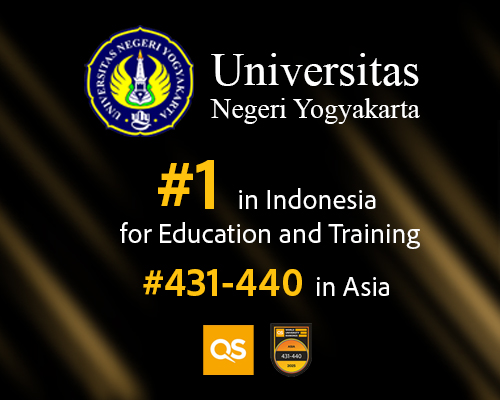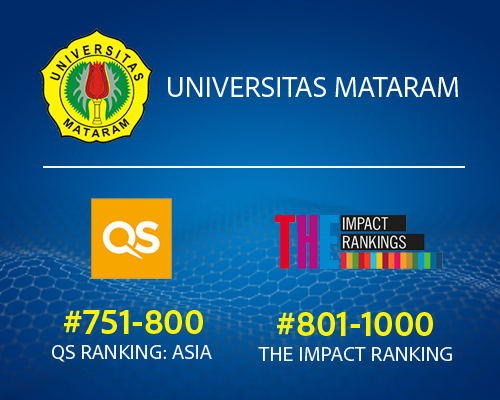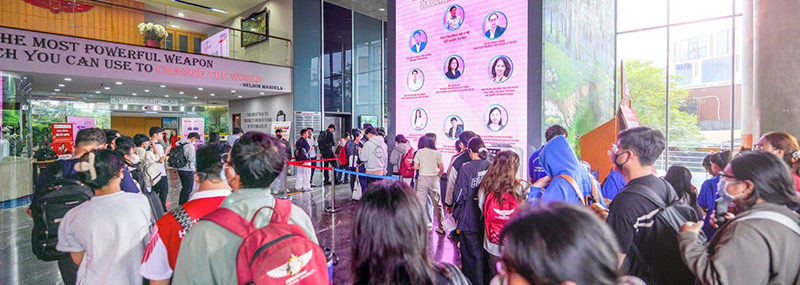DigiPen (Singapore) alumni are leveraging their gaming education to revolutionize public transport training through cutting-edge virtual reality technology. At SMRT’s Learning Technologies department, these graduates are transforming how critical infrastructure staff learn their trades.
**Key Points**
* Three DigiPen graduates are developing VR training applications at SMRT, from 3D modeling to programming immersive simulations
* The team creates everything from realistic train maintenance scenarios to virtual station environments for diverse staff training needs
* Technical challenges include accurately depicting complex processes and designing accessible interfaces for users ranging from fresh graduates to senior staff
* Supervisors praise the graduates’ interdisciplinary training and ability to balance visual quality with technical performance requirements
* The work directly impacts SMRT Institute’s training programs across the entire organization
How DigiPen (Singapore) Graduates Are Revolutionizing Staff Training at SMRT
What roles do these graduates play in SMRT’s innovation?
Dylan Loo and Bryan Choo, both BFA in Digital Art and Animation graduates, work as 3D graphic artists alongside BS in Computer Science and Game Design graduate Joey Foo, who serves as a software programmer. Consequently, this trio forms the backbone of SMRT’s Learning Technologies department, developing virtual reality training applications that span from traditional flat-screen programs to cutting-edge mixed reality solutions.
Specialized expertise drives comprehensive development
Dylan focuses on the full asset development pipeline for environments and props, including modeling, texturing, and optimization, while also handling set building and lighting in Unity. Meanwhile, Bryan creates 3D assets optimized specifically for VR applications, using industry-standard software like Maya, Adobe Substance, and Unity to build environments and enhance visual appeal through lighting and post-processing effects.
Joey tackles the programming aspect, developing applications and simulations for staff training. “My primary role involves developing training applications — these are usually virtual reality applications but may range from traditional flat-screen applications to mixed reality,” he explains. Additionally, Joey collaborates closely with subject matter experts during research phases and ensures seamless deployment to stakeholders upon completion.
What challenges do VR training projects present?
Working on VR projects comes with distinct technical and accessibility hurdles that require innovative solutions.
Technical accuracy demands extensive research
“Correctly depicting processes such as train maintenance in virtual reality requires knowledge of the steps involved. Learning this on the fly can be challenging,” Dylan explains. He overcomes these obstacles through thorough research, ongoing stakeholder consultation, and hands-on reconnaissance sessions.
Diverse user demographics require universal design
Another significant challenge involves designing simulations that accommodate users ranging from fresh graduates to senior staff and experienced trainers. To address this complexity, the team employs rigorous iterative development processes, comprehensive testing, and establishes consistent user interface patterns across all virtual reality training applications.
*The result is an intuitive and user-friendly experience for all demographics.*
How did DigiPen education prepare them for success?
All three graduates credit their DigiPen (Singapore) education with providing essential foundational skills for their current roles. Bryan reflects that “DigiPen provided me with valuable interdisciplinary experience, particularly through collaborative projects involving both designers and programmers.”
This exposure to various facets of game development closely parallels their current responsibilities at SMRT, where extensive collaboration between programmers and artists drives project success. Furthermore, Joey highlights how project-based coursework helped him develop essential soft skills including project management, planning, and conflict resolution.
Industry recognition validates educational approach
Senior software programmer Meng Ruoshan notes, “We have worked with several VR programmers from DigiPen (Singapore) and their contributions have been invaluable. Their strong foundation in game design and interactive systems enables them to approach challenges with creativity and technical precision.”
Wong Yu Lian, SMRT Manager and Digital Learning Media Designer, shares similar praise: “What stands out most when working with DigiPen (Singapore) alumni is their ability to balance visual quality with technical performance requirements — ensuring that VR experiences run smoothly while still looking polished and professional.”
What drives their professional satisfaction?
The graduates consistently point to SMRT’s positive work culture, supportive environment, and abundant opportunities for professional growth. However, the meaningful nature of their work provides the deepest satisfaction.
Bryan encapsulates this sentiment: “We contribute to the SMRT Institute, which leads training for the entire SMRT organization. I feel honored that my contributions play a meaningful role in the training of staff through our VR simulations.” This connection between technical innovation and public service creates a compelling professional purpose that extends beyond traditional VR development opportunities.
Bottom Line
DigiPen (Singapore) graduates are successfully bridging the gap between gaming technology and critical infrastructure training, demonstrating how specialized education in interactive media translates directly to innovative public sector applications. Their interdisciplinary skills enable them to tackle complex technical challenges while maintaining focus on user accessibility and visual quality.
As SMRT continues expanding its Learning Technologies initiatives, these graduates represent a model for how educational institutions can prepare students for emerging roles in technology-driven training solutions. Their success validates the growing importance of immersive learning technologies in professional development across traditional industries.





